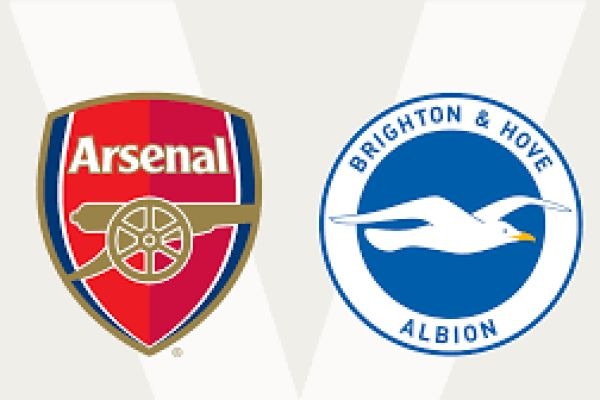The Premier League fixture between Arsenal and Brighton & Hove Albion has rapidly evolved into one of English football’s most compelling and intricate tactical encounters. It pits Mikel Arteta’s dedication to stringent positional control and high-intensity pressing against Brighton’s distinct, fluid methodology, which emphasizes deep build-up, calculated rotations, and numerical superiority in critical zones. This essay will analyze the strategic underpinnings of this rivalry, examining how the conflicting philosophies manifest in possession, the midfield battle, and the decisive transitional moments that frequently determine the match’s outcome.
Arsenal’s tactical framework under Arteta is fundamentally based on a 4-3-3 formation that morphs into an attacking 3-2-5 shape. This system relies on an inverted full-back, often Oleksandr Zinchenko or a similar profile, stepping into the midfield pivot alongside the primary defensive anchor, such as Declan Rice. This configuration aims to achieve central control and release the wide players, notably Bukayo Saka and Gabriel Martinelli, into isolated one-on-one situations. When Arsenal faces Brighton, their ability to execute this positional rotation is rigorously tested. Brighton’s disciplined man-marking press, coupled with their structural flexibility, targets the space vacated by the inverted full-back or attempts to cut off the supply lines to Arsenal’s primary orchestrator, Martin Ødegaard, who is crucial for unlocking a low block. The opening phase of this fixture invariably becomes a test of technical security, with Arsenal’s centre-backs required to display exceptional composure to break Brighton’s first line of pressure, often through risky, precise vertical passes.
Brighton’s tactical identity, regardless of the coach, has been built upon bravery in possession, starting directly from the goalkeeper. They are masters of the "bait and switch," drawing opponents high up the pitch with intricate, short passing sequences before executing a line-breaking pass to exploit the resulting space. Against Arsenal, Brighton often utilizes an asymmetrical setup, encouraging deep-lying midfielders to operate in the half-spaces or deploying a 'false nine' to draw out a central defender. This intentional disruption aims to create structural instability in Arsenal’s usually rigid defensive line. Historically, Brighton has found success by capitalizing on the risks inherent in Arsenal's high defensive line and advanced full-backs. Their transitional efficiency is exceptionally high, allowing them to shift from defense to attack using rapid combination play, thus nullifying Arsenal’s counter-press and forcing the centre-backs into high-stakes duels in open space.
The central third of the pitch is the true crucible of this fixture. It is here that Arsenal’s aggressive counter-pressing meets Brighton’s ball retention mastery. The midfield battle is less about tackles and more about spatial control and cover shadows. For Arsenal, the press must be coordinated and effective; any minor lapse in intensity allows Brighton’s pivots to turn and exploit the vast spaces behind the press. For Brighton, success hinges on the movement of their attacking midfielders to operate between Arsenal’s defensive lines, receiving passes on the half-turn, and feeding the wide runners. The decisive moments often arise when one side commits a collective error in coverage, leading to a high-value attacking opportunity. Furthermore, in matches where open play becomes a stalemate, Arsenal's superior set-piece execution frequently provides a vital route to goal, acting as a potential tie-breaker when both tactical plans are perfectly deployed.
In conclusion, the clash between Arsenal and Brighton & Hove Albion is a fascinating exhibition of contrasting tactical philosophies in the modern game. It is a dual of structure versus fluidity, demanding exceptional technical security from every player. Arsenal must demonstrate patience and precision to dismantle Brighton's complex defensive arrangements, while the Seagulls consistently seek to exploit the spatial vulnerabilities created by the Gunners' high-risk, high-reward approach. The winning margin is typically found in the efficiency of the counter-press and the successful execution of high-risk passes, cementing this fixture as a continuous, compelling study of strategic evolution in the Premier League.








